Oh, if only I could look into our stores from Soviet times! After all, they have almost everything! Tell the residents of the Soviet Union that the concept of deficit will disappear not only from speech, but also from life... They probably wouldn’t believe it. But don’t you think that, in fact, the notorious deficit still exists today? Yes, there are a lot of products. But you need to look for and look for a quality thing! Therefore, we increasingly hear that in the old Soviet times the quality of all goods was better! And fabrics, and clothes, and household appliances, and products! Let's focus on clothes and fabrics for now. Let's figure out whether they were really better in the Soviet Union than they are now...

Soviet quality of clothing: reality or myth?
Products produced by industry during Soviet times really high quality. And how could it be otherwise! After all all necessary technologies were strictly observed. The products produced must be comply with state quality standards (GOST).

Although we have to admit: not always and not all consumers were able to purchase fashionable clothes of domestic production. Her in general in the USSR they usually didn’t buy, but “got it out”!
The Soviet light industry did not satisfy the needs of potential buyers who expected products at the level of world standards.
REFERENCE. Alternative ways for consumers were the purchase of imported items and custom tailoring.
What is the advantage of Soviet fabrics
What kind of clothing you get depends largely on the material from which it is made. Let's see how things stood with the production of fabrics in the USSR.
Quality
The undeniable advantages of Soviet fabrics include their strength and wear resistance.. Of course, more expensive materials were of higher quality. Unfortunately, it happened that inexpensive fabrics faded after washing.
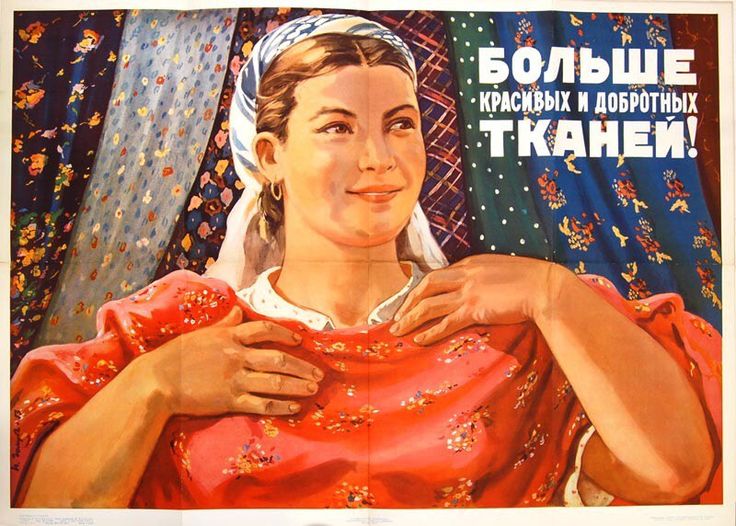
REFERENCE! At industrial enterprises, the quality of manufactured products was checked according to state standards (GOST).
Fabric that had minor defects was classified as second or third grade. This product was cheaper. The highest grade products were of impeccable quality.
Range
However, the range of fabrics produced in the USSR was not too wide. Their colors and designs were also not always distinguished by their variety and compliance with fashion trends. It happened that the drawings on the fabric reflected the direction of the ideology dominant in the country and served as a kind of propaganda tool.
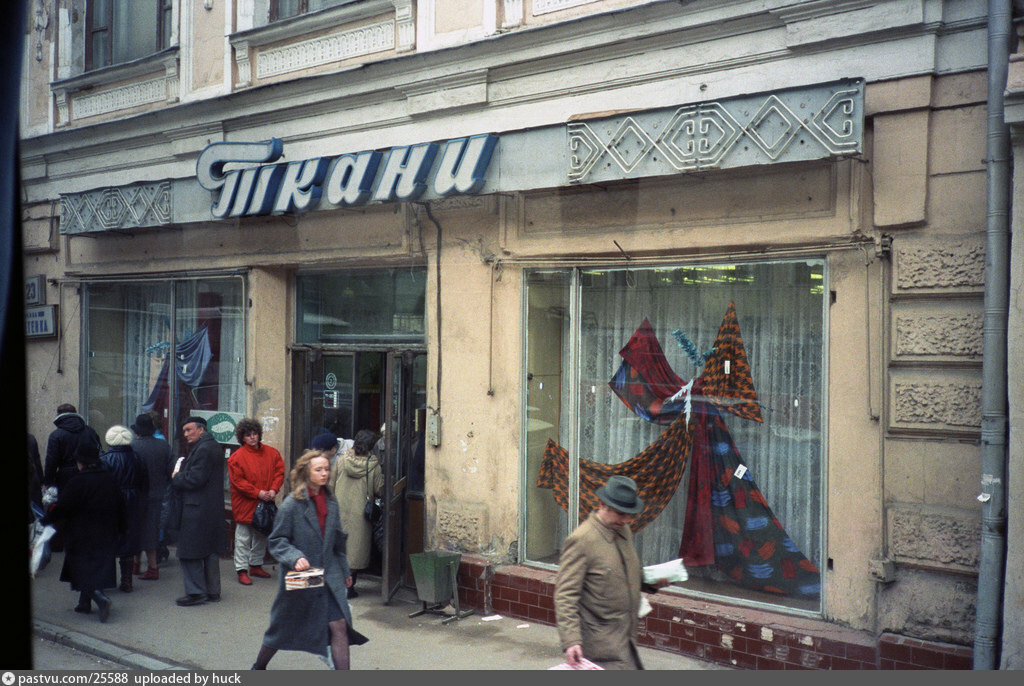
When good material was sold, a queue immediately formed in the store and it was quickly sold out.
Fabrics produced in Great Britain and other capitalist countries were valued. We also enjoyed purchasing products from Poland, Bulgaria, Romania and other socialist countries.

IMPORTANT! New items, as a rule, were brought from foreign countries. Today's consumers value natural materials made from cotton, linen and wool. In the Soviet era, nylon, nylon and bologna of foreign origin were popular.
Among domestic inexpensive, everyday materials chintz, satin and flannel were popular. Fabrics are more expensive (cambric, staple, jacquard, gabardine) were also in steady demand.
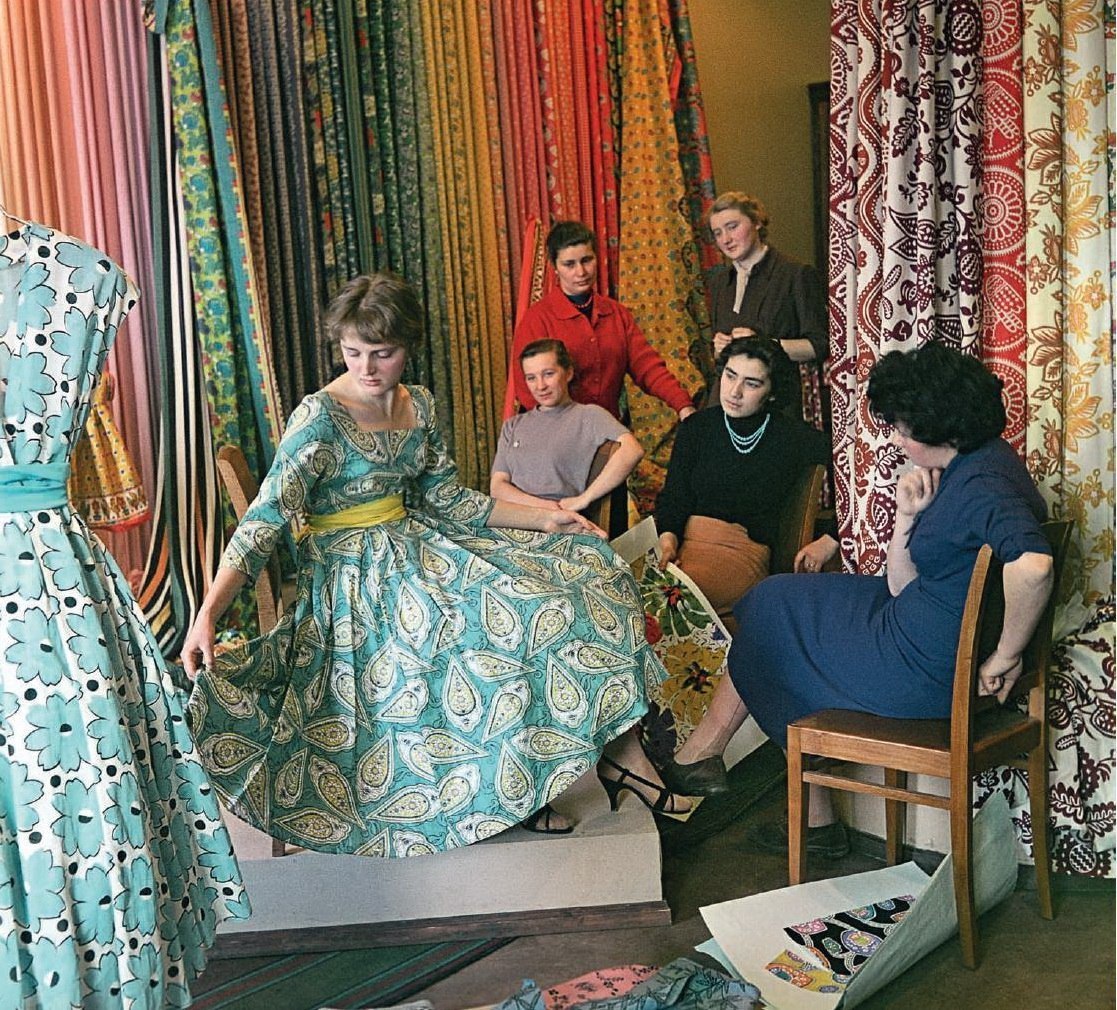
Elegant dresses of fashionistas of those times were made from velvet, satin, crepe de Chine and silk fabric. The materials were produced in textile mills and weaving factories.
Soviet clothing: how they achieved quality
Where did you get quality clothes? Several routes to such products were known.
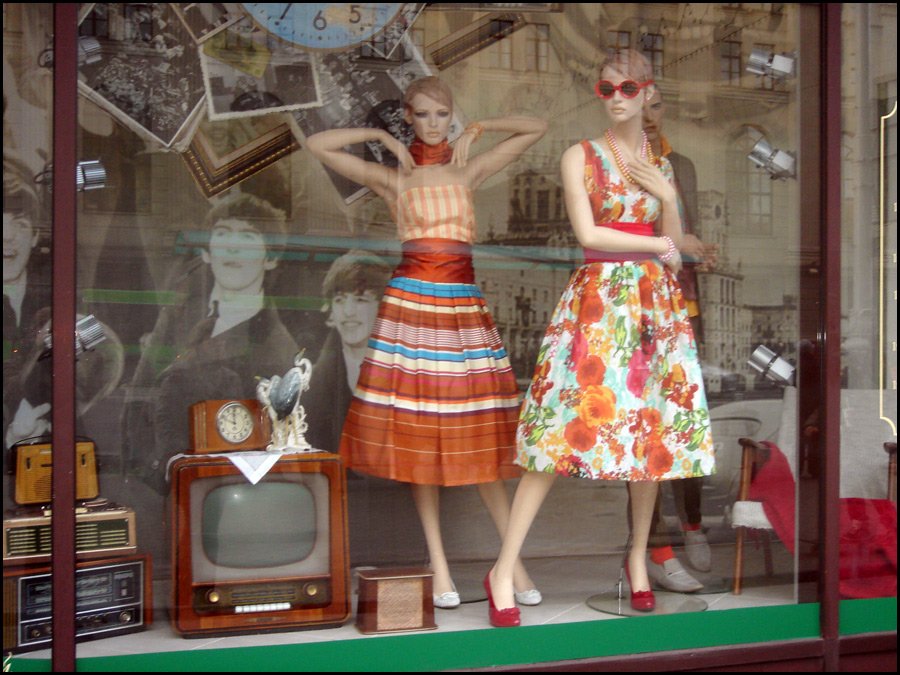
- Buying domestic items in a store. In the capital of the USSR, as well as in the capitals of the union republics, the likelihood of such a purchase increased. But if you were lucky, you managed to buy something in a regular store that was “thrown away” for sale. But most of the quality things were bought “through connections” from under the counter.
- Purchasing imported clothing. Imports to the USSR were different from today's Chinese consumer goods. Things from abroad were guaranteed to be of high quality.
- Custom tailoring. Getting to see a good craftsman in a studio or sewing new clothes at home was a common thing. The craftsmen valued their clients, worked conscientiously, providing a high level of their products.
Consumer goods
Approximately the same quality requirements were applied to ready-made clothing as to finished fabrics. During tailoring, the technologies accepted in this industry were followed.. Things produced in Soviet clothing factories are different from current products straight lines, strong seams and tightly sewn buttons.
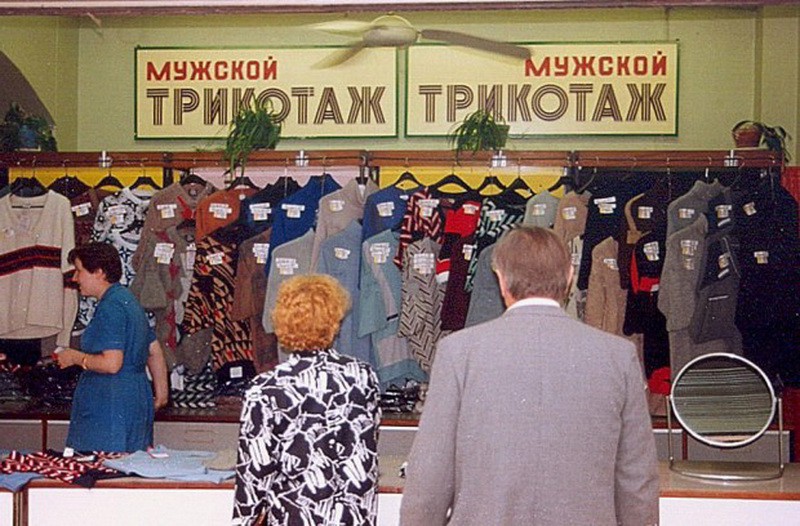
REFERENCE! The quality of the product was checked according to GOST. The finished product was assigned one of the grades, on which its cost directly depended: highest, first, second, third.
Import
Despite the fact that quality was scrupulously controlled at several levels, it was not always possible to buy high-quality and fashionable wardrobe items.
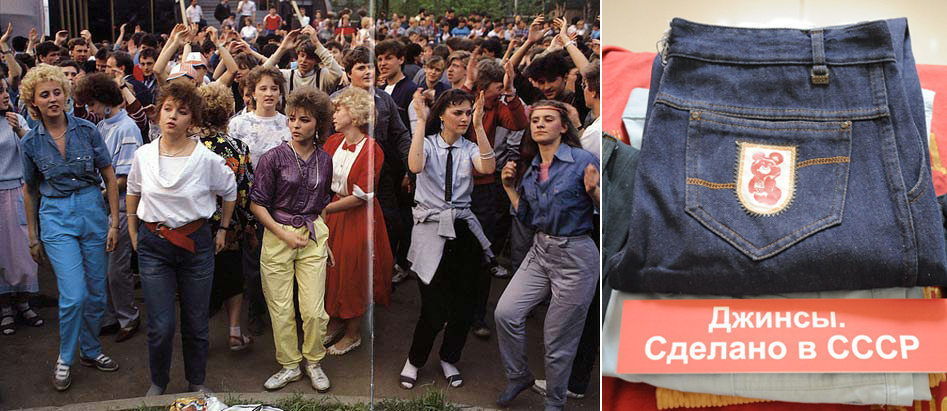
Clothes brought from foreign countries were a clear priority for Soviet fashionistas. Many of them resorted to the services of “farmers” who illegally sold jeans, jackets and other clothing.
Custom tailoring
- During the Soviet years, domestic and especially imported women's clothes were very popular. fashion magazines with clothing patterns. Many women knew how to do needlework. They skillfully sewed, knitted and embroidered. Craftswomen tried to buy their own sewing machine. With its help it was possible to repair, alter and alter clothes. Products sewn or knitted by hand differed sharply from standard consumer goods.
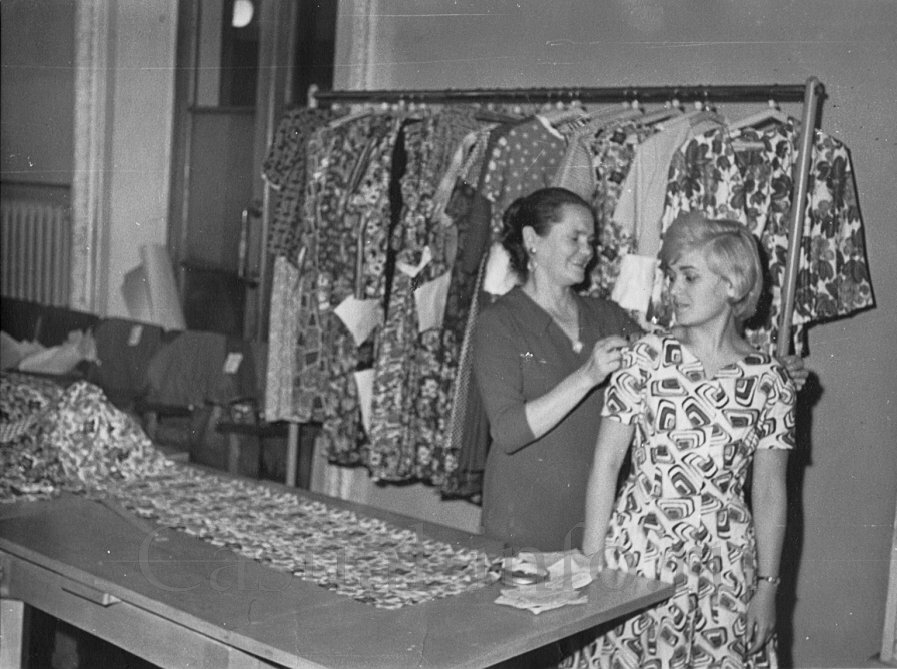
- Those Soviet citizens who could afford the studio's services ordered custom tailoring. There was an opportunity to choose: buy ready-made clothes or sew something to order.
REFERENCE. Sewing in a studio was more expensive, but much better quality.
- Also popular were private tailor services. Their work was cheaper than the studio's services. However, there was a risk that the dressmaker would spoil the scarce material. Therefore, we tried to contact only proven craftswomen.
We have to admit: in the Soviet Union the quality of clothing and fabrics was controlled. Reducing requirements and the opportunity to use technical specifications rather than GOST turned out to be a backfire for us, consumers.Especially when you consider that prices for all goods are only rising... We can only hope that the time will come when the abundance that we have received will become of high quality.


 0
0
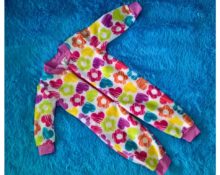




Hopes are not always justified. We see this all around us, profit is a tool for improving quality.
The fabrics were of better quality, but the tailoring... The planned economy often focused on quantity at the expense of quality.
At the end of the 80s, we managed to buy a couple of pieces of chintz, produced by the Kalinin KhBK, now transformed into a shopping and entertainment center. My wife made about 5 shirts from it. What was left of them after the first wash was only suitable for rags. The industry we have lost.
It probably lay in the warehouse and then was “thrown away.” That’s why it fell apart. But some people thought that things were torn at home from long-term storage. It turns out that the original quality could have been like that. Although, one seamstress I know says that they still sew with old rotten ones to save money. threads, so the seams often fall apart
They sewed very intensively back then and therefore there was more individuality. than now, I still admire that time. And now you go to stores and everything is the same,
My mother had very interesting, fashionable styles of dresses and coats, not to mention fabrics... - crepe de chine of different textures and colors, cambric, chiffon, gauze, etc. And linen, chintz, satin, staple, etc. was so cheap and varied in terms of choice and design...!!! Back then, the choice of fabrics was sooooo large that there is no trace of them now. At school we learned to sew and design in high school, so for a very long time later I sewed fashionable things for myself and my family. So, from my mother’s dresses and suits I cut and sewed some very good things for myself.
At that time, garment factories had a quality control department, which I don’t think is even close now. And it was possible to return the goods with a note. And by the 80s, I think production was dying out... because everything was moving towards perestroika and there was no longer such a wide selection of fabrics.